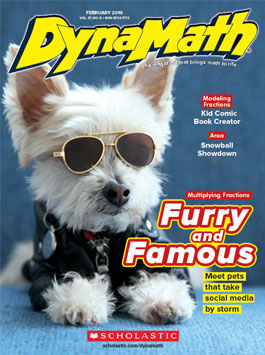I teach 5th grade math and science at Harts PK-8 School in Harts, West Virginia. I LOVE both subjects and strive to instill this same passion in my students for these subjects.
But this job is not always easy (as any teacher will tell you!). Especially in Harts, which is a very rural West Virginia town. Many of my students do not have the ability to travel out of their community because of a lack of resources. This means they don’t always have a wide variety of cultural experiences they can relate to classroom math.
I often share this anonymous quote with my students: Life is like a math equation. In order to gain the most, you have to know how to convert the negatives into positives.



